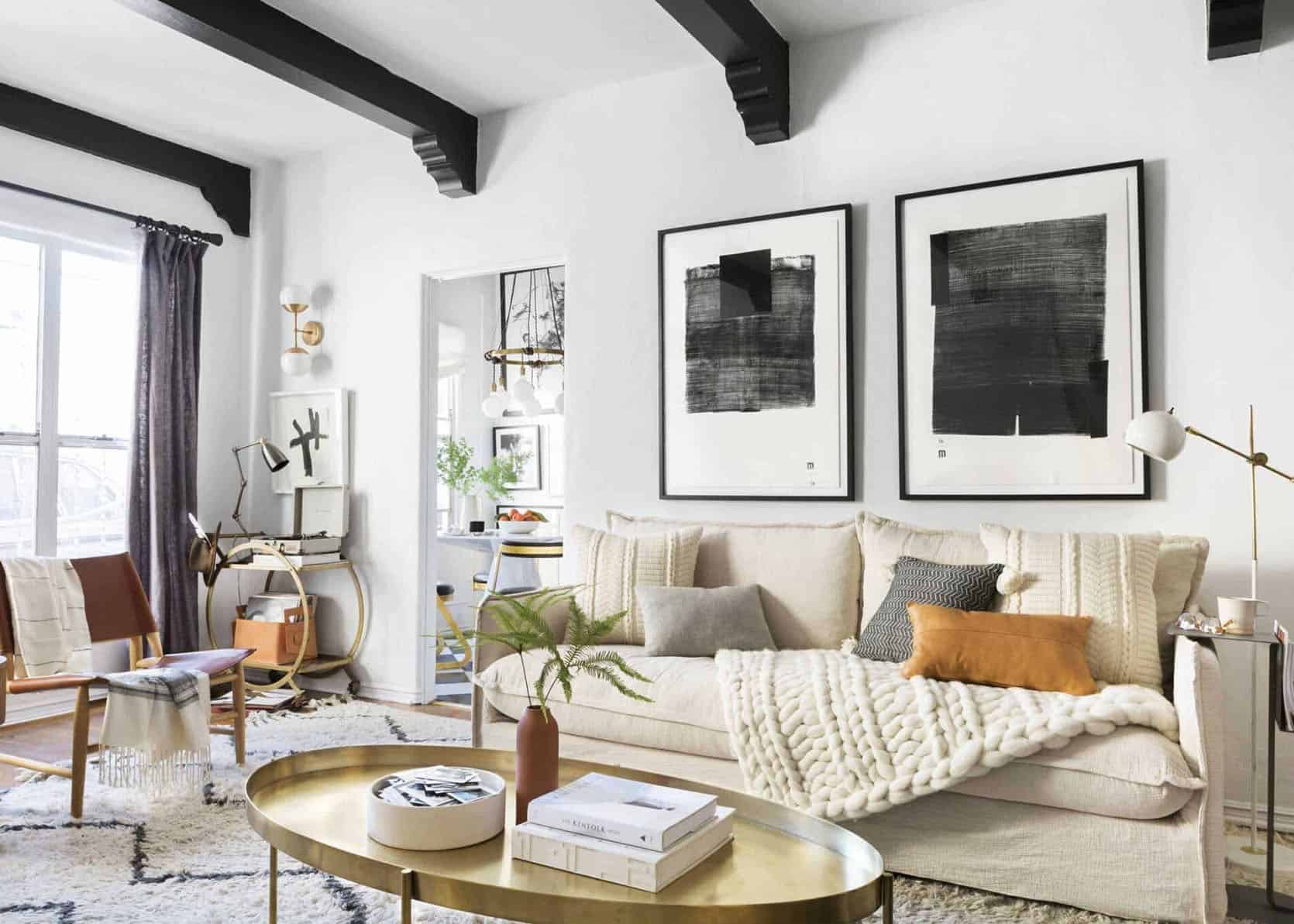Our Location
304 North Cardinal St.
Dorchester Center, MA 02124
Sonia.I.Design
Sonia.I.Design
Texture and pattern are essential elements in interior design, adding depth, warmth, and personality to any space. When used correctly, they create visual interest and a well-balanced aesthetic. Whether you prefer a minimalist, modern, or eclectic style, understanding how to layer textures and mix patterns can transform your home into a beautifully curated space.
Texture plays a key role in making a space feel inviting and dynamic. Combining different materials helps create contrast and prevent a room from feeling flat or uninspired.
Soft textures like plush velvet, wool, and silk add warmth and comfort, making a space feel cozy and luxurious. In contrast, rougher materials such as exposed brick, reclaimed wood, and rattan bring in a natural, earthy touch. A balanced mix of these elements ensures that a room feels well-composed rather than overwhelming.
For a modern living room, pairing a sleek leather sofa with a chunky knit throw or a high-gloss coffee table with a woven rug can create an engaging contrast. In a bedroom, layering linen bedding with a faux fur throw and a jute rug adds softness while maintaining a sophisticated look.
Natural materials such as marble, wood, and stone also introduce texture subtly. A polished marble countertop paired with rustic wooden bar stools or metal fixtures can create a visually striking contrast that enhances the overall aesthetic.
Patterns bring energy to a room, but mixing them requires careful consideration to avoid visual chaos. The key is to maintain a sense of harmony by following a few simple principles.
When combining patterns, choosing a cohesive color scheme helps tie everything together. Whether you opt for neutral tones or bold hues, keeping patterns within the same color family ensures that they complement rather than compete.
For example, in a Sydney coastal-style home, mixing blue-and-white striped cushions with a subtle floral rug works because both elements share a similar color base. In a contemporary setting, geometric prints in black, white, and grey create a modern yet balanced look.
Combining large, medium, and small-scale patterns prevents a space from feeling too busy. If you have a bold floral wallpaper, balance it with smaller geometric or textured accents, such as herringbone-patterned flooring or a subtle chevron throw. A large-scale botanical print on curtains can be complemented by smaller, delicate patterns on cushions or rugs.
If you’re layering multiple patterns, grounding the space with solid colors helps create balance. A neutral sofa can serve as a base while patterned pillows, rugs, and curtains add personality. Similarly, a patterned accent wall can be balanced with solid-colored furniture and accessories to prevent the room from feeling overwhelming.
The living room offers endless opportunities to mix textures and patterns. A soft wool rug, leather or velvet sofa, and woven accent chairs create a visually engaging setup. Patterned throw pillows and textured wall art further enhance the space without overpowering it.
Layering textures in the bedroom creates a warm and inviting atmosphere. Linen or cotton bedding with a quilted throw and a textured headboard adds dimension. Mixing subtle patterns in cushions or wallpaper ensures a stylish yet relaxing environment.
Incorporating textures like matte-finish cabinetry, glossy tiles, and wooden dining tables adds richness to a kitchen or dining space. A patterned backsplash or tiled flooring can introduce a bold statement while maintaining a balanced look.
Mastering the art of texture and pattern allows you to design spaces that feel both stylish and comfortable. The Dreamcatcher Interiors and Lifestyle helps Sydney homeowners create well-balanced, visually rich interiors tailored to their unique style.
